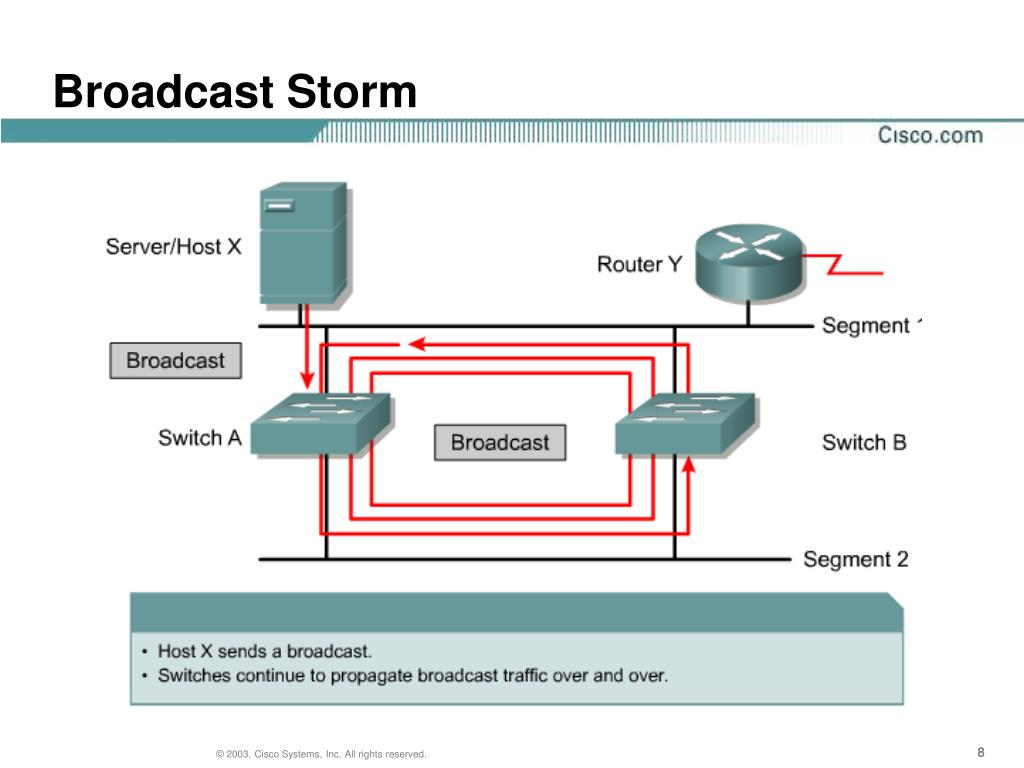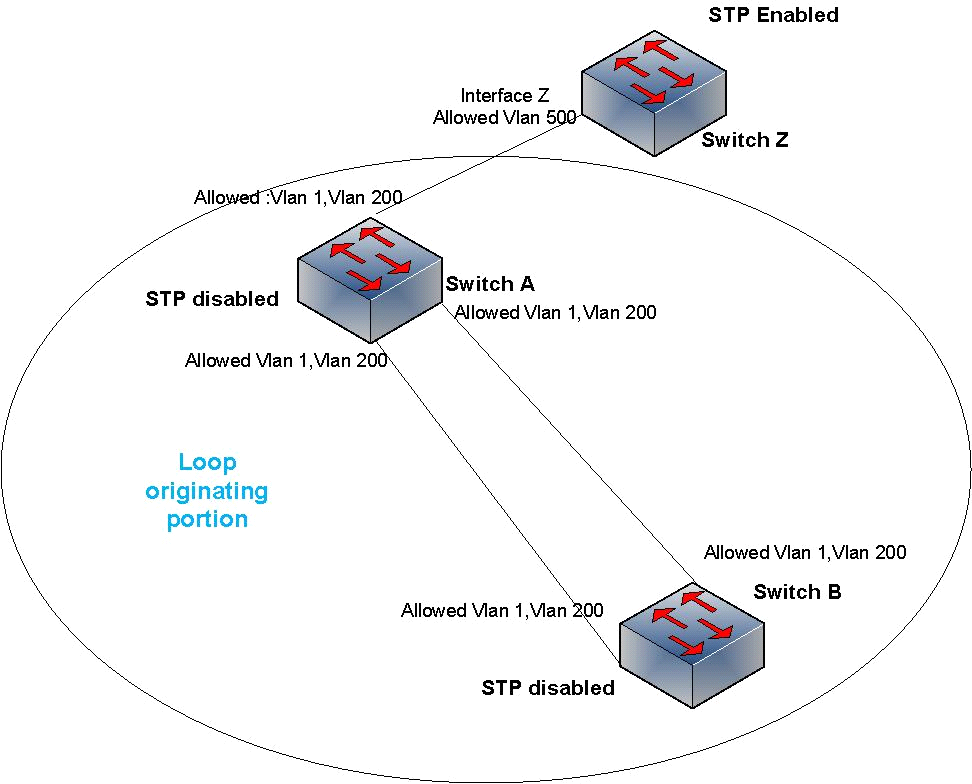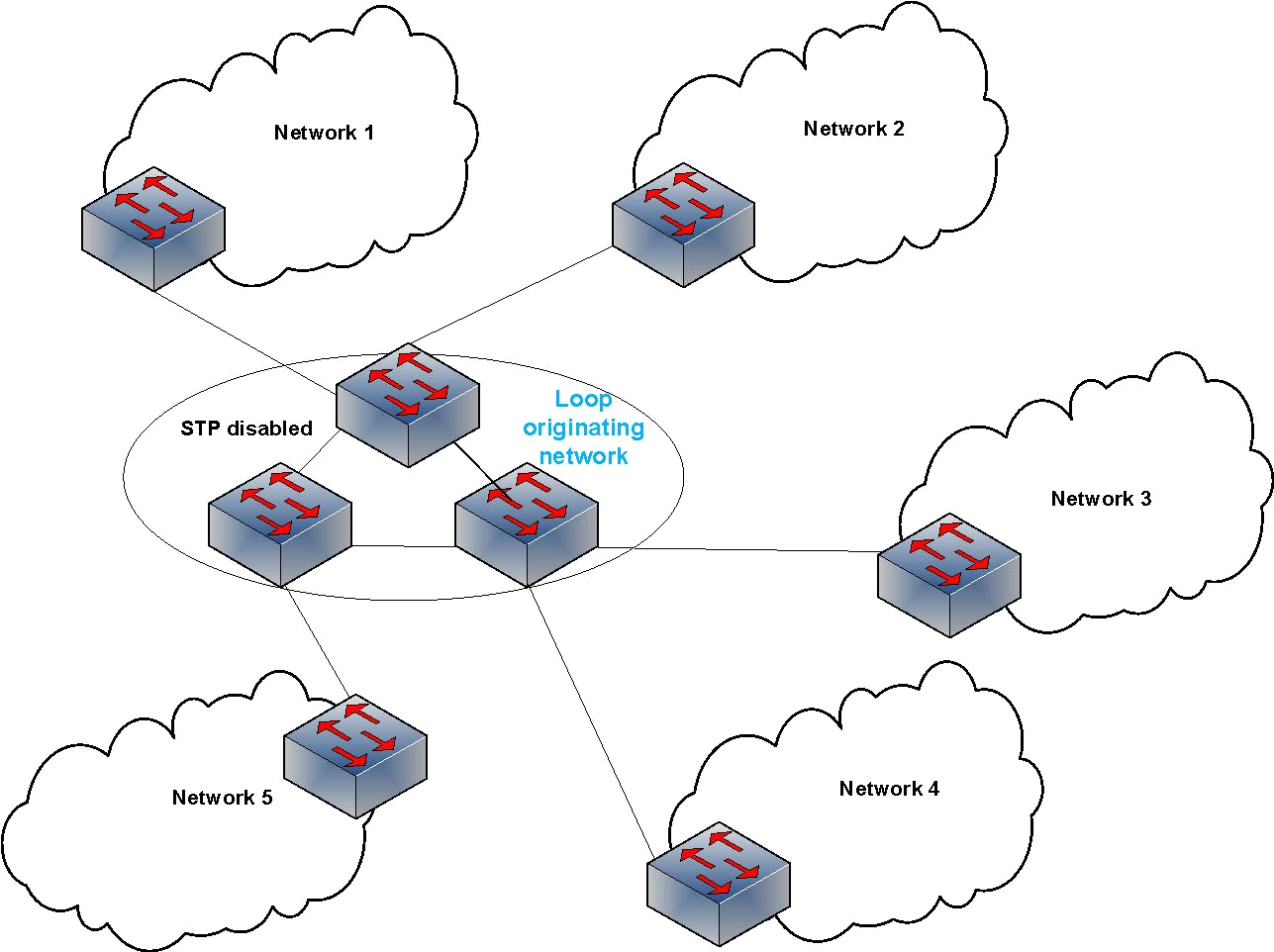Marvelous Info About How To Detect A Broadcast Storm

Set up a new capture filter as such:
How to detect a broadcast storm. Width (tx + rx) (tx + rx). A lan broadcast storm occurs when broadcast or multicast packets flood the lan. You can identify the presence of multicast or broadcast storms by:
A) monitoring the network logs. Broadcast and multicast filter string: One of the best ways to troubleshoot a broadcast storm is to find out where the broadcasts are coming from.
It’s most likely that they are all originating from multiple devices, but the. A broadcast storm occurs when broadcast packets flood the subnet, creating excessive. B) observing a slowdown or instability in the network, which often affects.
Next weather/cbs detroit. Wireshark will basically look at a wire, chomp on its packets, and show you the guts. Shutdown the port when the threshold is reached and the other one is generate alert.
The daytona 500 has been postponed until monday for just the third time in its history due to “inclement weather,” organizers announced sunday. To be more certain of a broadcast storm, we need to use a free tool called wireshark. The utilization of our switch ports is pretty.
Steps to prevent a broadcast storm : A broadcast storm creates excessive traffic and degrades network. Adding onto the capabilities of wireshark to find top broadcasters (or multicast packets.
We’ll also study the main root causes of broadcast storms and how to prevent them. Introduction in this tutorial, we’ll learn what are broadcast storms. A warm front will push through the area, bringing a marginal chance of severe weather to southeast michigan.
In aruba pvos switches, a number of techniques can be used to restrict broadcast traffic while the root cause of the broadcast storm is being tracked down. Here you may need to setup the proper filter to capture this broadcast. Keep in mind, storm control needs to be placed closest to the suspected source and placing storm control on trunk defeat this purpose.
Select the show the capture options. The traffic broadcast and multicast suppression (or storm control) feature prevents lan ports from being disrupted by a broadcast, multicast and unicast traffic. The rain is largely welcome, but one local.
Storm control prevents lan interfaces from being disrupted by a broadcast storm. Depending on what actually made or make the broadcast storm happen, the first thing i would do is remove the connection on the port, where the storm is detected.

![Broadcast storm problem [7]. Download Scientific Diagram](https://www.researchgate.net/publication/333770342/figure/fig1/AS:769522734735361@1560479925795/Broadcast-storm-problem-7.png)















